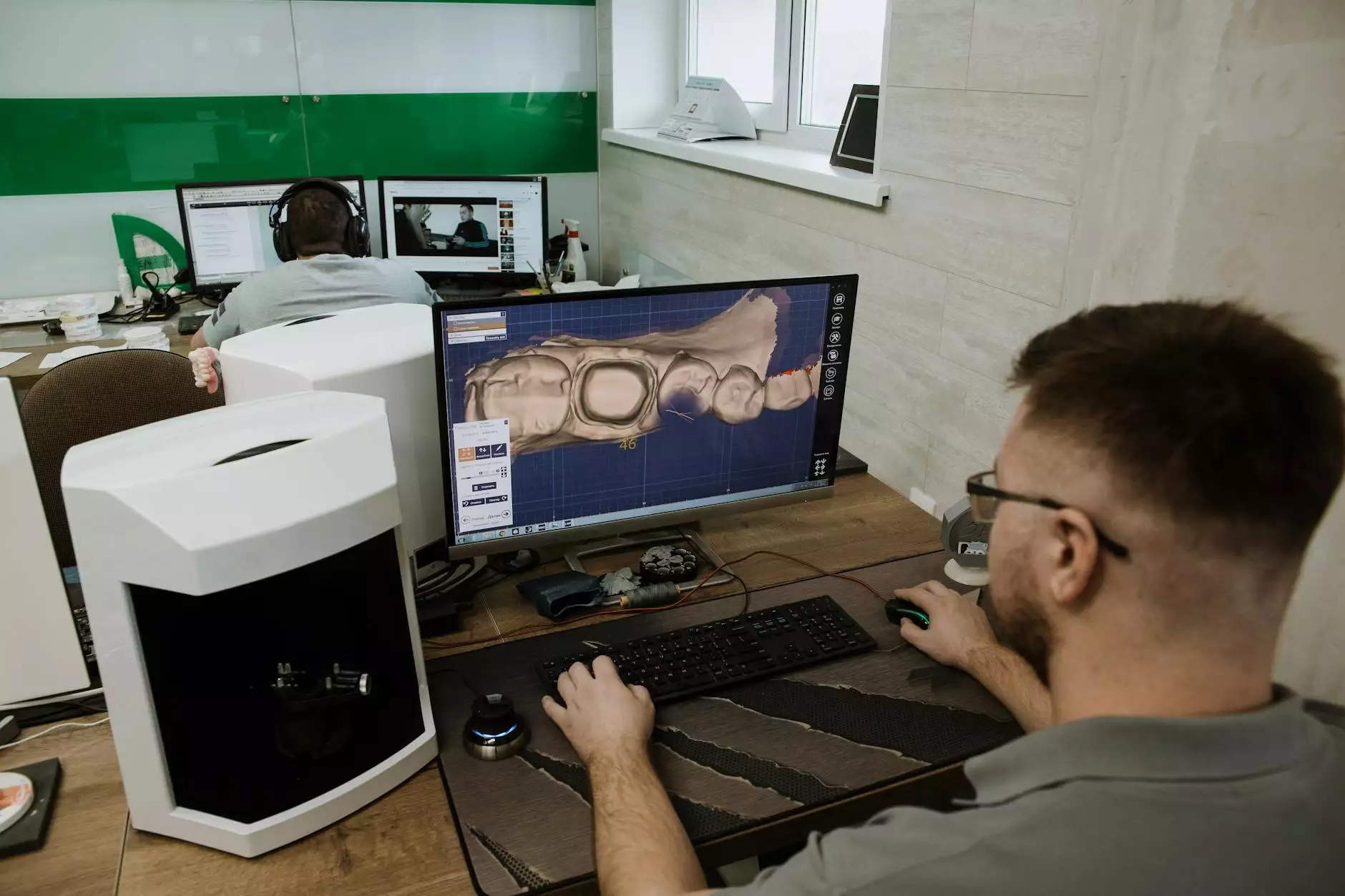Understanding the Symptoms of Blood Clots in Legs

Blood clots in the legs are a significant medical condition that can affect anyone, regardless of age or lifestyle. These clots, also known as deep vein thrombosis (DVT), can arise from various factors and lead to severe complications if not addressed promptly. This article delves into the symptoms of blood clots in legs, their causes, risk factors, and potential treatments.
What is a Blood Clot?
A blood clot is a mass of blood that has changed from a liquid to a gel-like or solid state. Normally, blood clots are crucial for stopping bleeding when you injure yourself; however, clots that form inappropriately can lead to serious health problems, including the potential for pulmonary embolism if they travel to the lungs.
Symptoms of Blood Clots in Legs
Recognizing the symptoms of blood clots in legs is vital for timely diagnosis and treatment. Common symptoms include:
- Swelling: One of the most noticeable signs is swelling in one leg, which may be accompanied by a feeling of heaviness.
- Pain: You might experience pain that starts in the calf and feels like cramping or soreness.
- Discoloration: The affected leg may look red or have a bluish tint.
- Warmth: The area of the clot may feel warmer than surrounding areas.
- Surface veins: You might notice enlarged veins near the surface of the skin.
If you experience these symptoms, it's essential to seek medical attention immediately to prevent serious complications.
Causes of Blood Clots in Legs
Understanding the causes of DVT is critical for prevention. Blood clots can develop in the legs due to a variety of factors:
- Prolonged Immobility: Long periods of sitting, such as during plane flights or bed rest after surgery, can lead to blood clots.
- Injury to a Blood Vessel: Trauma or surgery can damage blood vessels, leading to clot formation.
- Medical Conditions: Certain health issues, including cancer and autoimmune disorders, can increase the risk of blood clot development.
- Hormonal Factors: Hormonal changes, such as those related to pregnancy or hormone replacement therapy, can contribute to clot formation.
- Genetic Predispositions: Some individuals have inherited conditions that make them more prone to blood clots.
Risk Factors for DVT
Several risk factors increase the likelihood of developing blood clots in the legs:
- Age: Individuals over 60 are at greater risk of developing DVT.
- Obesity: Excess weight increases pressure on veins.
- Recent Surgery: Surgical procedures, particularly those involving the legs, can lead to clot formation.
- Family History: A family history of blood clots can increase your risk.
- Certain Medications: Some drugs, especially hormone therapies and contraceptive pills, can elevate risk.
Diagnosis of Blood Clots
When you visit a healthcare provider with suspected DVT, they will conduct a thorough assessment, which may include:
- Physical Examination: Monitoring for visible signs of swelling and discoloration.
- Ultrasound: A non-invasive ultrasound can visualize blood flow and detect clots.
- D-dimer Test: A blood test that measures the presence of a substance that's released when a blood clot breaks up.
- Venography: A special X-ray using contrast dye to view the veins may be ordered in certain cases.
Treatment Options for Blood Clots
If diagnosed with a blood clot, the healthcare provider will develop a treatment plan tailored to your specific situation. Treatment options may include:
- Anticoagulants: Commonly known as blood thinners, medications like warfarin, rivaroxaban, or apixaban are prescribed to prevent further clotting.
- Thrombolytics: In severe cases, medications that dissolve clots may be administered.
- Compression Stockings: To reduce swelling, patients are often advised to wear compression stockings.
- Inferior Vena Cava (IVC) Filter: In certain instances, a filter may be placed in the vein to prevent clots from reaching the lungs.
Preventing Blood Clots
Prevention is always better than treatment. Here are some effective strategies to reduce your risk of developing DVT:
- Stay Active: Regular exercise improves circulation and reduces the risk of clots.
- Maintain a Healthy Weight: Keeping your weight in check can lessen pressure on your veins.
- Stay Hydrated: Proper hydration helps maintain optimal blood flow.
- Wear Compression Stockings: Especially if you are sedentary for long periods.
- Regular Check-Ups: If you have risk factors, regular check-ups with your healthcare provider are essential.
When to Seek Medical Attention
If you notice any symptoms of blood clots in legs or if you are at high risk for developing clots, do not hesitate to consult with a medical professional. Quick identification and management can prevent serious complications.
Conclusion
Understanding the symptoms of blood clots in legs is essential for anyone, especially those with risk factors. By being aware of the signs, seeking timely medical advice, and utilizing preventive measures, the threat of DVT can be significantly reduced. At Truffles Vein Specialists, we prioritize your vascular health and offer expert care for all vein-related concerns. Stay informed, stay healthy, and do not ignore the signs of blood clots.









